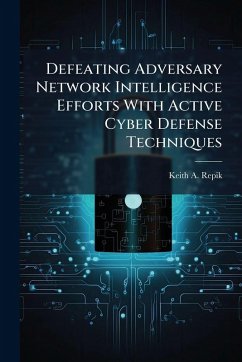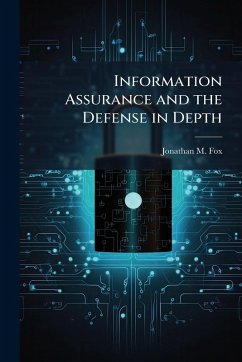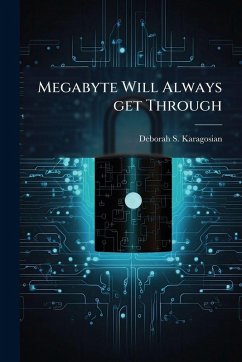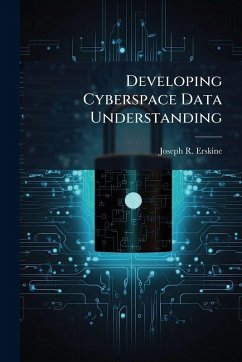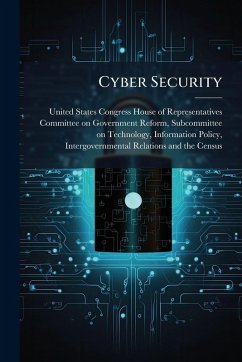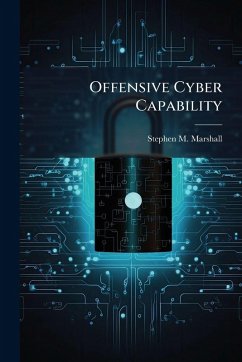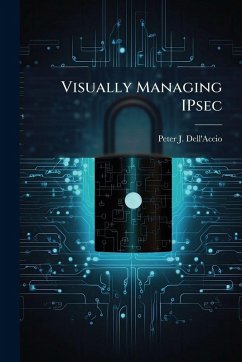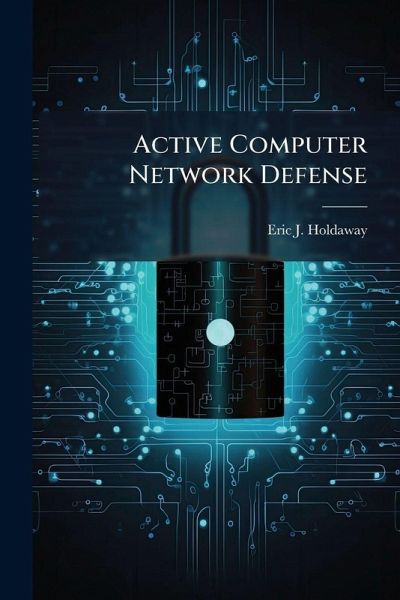
Active Computer Network Defense

PAYBACK Punkte
7 °P sammeln!
A Presidential Commission, several writers, and numerous network security incidents have called attention to the potential vulnerability of the Defense Information Infrastructure (DII) to attack. Transmission Control Protocol/Internet Protocol (TCP/IP) networks are inherently resistant to physical attack because of their decentralized structure, but are vulnerable to CNA. Passive defenses can be very effective in forestalling CNA, but their effectiveness relies on the capabilities and attentiveness of system administrators and users. There are still many measures that can be taken to improve t...
A Presidential Commission, several writers, and numerous network security incidents have called attention to the potential vulnerability of the Defense Information Infrastructure (DII) to attack. Transmission Control Protocol/Internet Protocol (TCP/IP) networks are inherently resistant to physical attack because of their decentralized structure, but are vulnerable to CNA. Passive defenses can be very effective in forestalling CNA, but their effectiveness relies on the capabilities and attentiveness of system administrators and users. There are still many measures that can be taken to improve the effectiveness of passive defenses, and one of these is active defense. It can be divided into three categories: preemptive attacks, counterattacks, and active deception. Preemptive attacks show little potential for affecting an adversary's CNA capabilities, since these are likely to remain isolated from the Internet until actually beginning their attack. Counterattacks show more promise, but only if begun early enough to permit all preparatory activities to be completed before the adversary's CNA is completed. Active deception also shows promise, but only as long as intrusions can be detected quickly and accurately, and adversaries redirected into "dummy" networks. Active and passive defense measures can work synergistically, to strengthen one another. This work has been selected by scholars as being culturally important, and is part of the knowledge base of civilization as we know it. This work was reproduced from the original artifact, and remains as true to the original work as possible. Therefore, you will see the original copyright references, library stamps (as most of these works have been housed in our most important libraries around the world), and other notations in the work. This work is in the public domain in the United States of America, and possibly other nations. Within the United States, you may freely copy and distribute this work, as no entity (individual or corporate) has a copyright on the body of the work. As a reproduction of a historical artifact, this work may contain missing or blurred pages, poor pictures, errant marks, etc. Scholars believe, and we concur, that this work is important enough to be preserved, reproduced, and made generally available to the public. We appreciate your support of the preservation process, and thank you for being an important part of keeping this knowledge alive and relevant.



